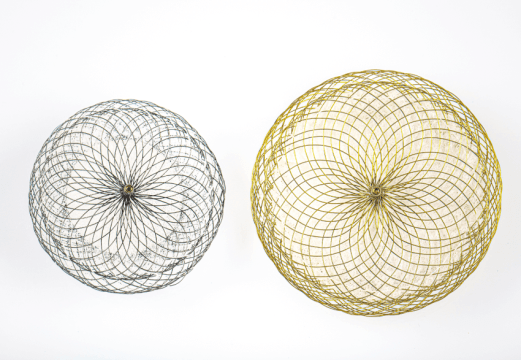Conventional radial access (CRA) has a proven great benefit as it lowers the rates for bleeding and complications. Also, this access is more comfortable for the patient.

Currently, distant radial access (DRA) is being used in some patients. However, its benefit remains unclear, as few studies have analyzed it.
In this sense, this meta-analysis that included 28 studies enrolled a total of 9151 patients: 4474 who used DRA (48.9%) and 4677, CRA (51.1%).
DRA was associated with shorter time to homeostasis (mean difference [MD]: -32.49 [95% confidence interval, CI: −65.53, −2.46], p < 0.00001) and a decreased incidence of radial artery occlusion (risk ratio, [RR:] 0.38 [95% CI: 0.25, 0.57], p < 0.00001), bleeding (RR: 0.44 [95% CI: 0.22, 0.86], p = 0.02), and pseudoaneurysm (RR: 0.41 [95% CI: 0.18, 0.99], p = 0.05).
It was also associated with longer times to carry out the puncture (MD: 0.31 [95% CI: −0.09, 0.71], p < 0.00001) and a higher crossover rate (RR: 2.75 [95% CI: 1.70, 4.44], p < 0.00001).
Read also: CTO: Length’s Impact on Success.
There were no significant differences in other technical aspects nor in terms of complications.
Conclusion
Direct access is safe and feasible for coronary angiographies and angioplasties. Compared with CRA, DRA provided a shorter homeostasis time; a lower incidence of radial artery occlusion, any bleeding, and pseudoaneurysm, and was associated with increased puncture time and crossover rates.

Dr. Carlos Fava.
Member of the Editorial Board of SOLACI.org.
Original Title: Distal versus conventional radial artery access for coronarycatheterization: A systematic review and meta‐analysis.
Reference: Julien Feghaly, et al. Catheter Cardiovasc Interv. 2023;101:722–736.
Subscribe to our weekly newsletter
Get the latest scientific articles on interventional cardiology





